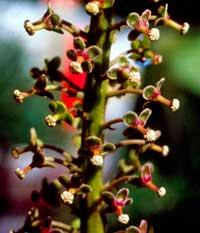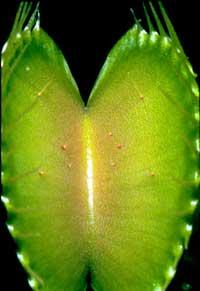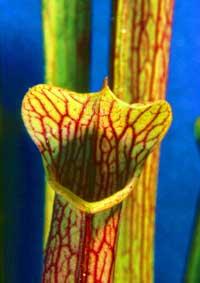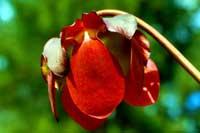Carnivorous plants have three types of traps.

Carnivorous plants create astonishment and is not for less, but a world full of curious forms and strategies. Carnivorous plants have adapted to live in very scarce lands in food and obtain the necessary nitrogen so that all plants live, instead of the land, of the animals that eat. Some 600 species are known, distributed in 7 families and distributed throughout the world, as well as throughout the Basque Country (mainly in humble corners, limestone slopes and acidic marshes).
Catches are usually small sized insects, although there may be small lizards or mice. The plants only absorb products for the digestion of proteins, leaving aside the slopes of insects and the chilling of important components of the skeleton of souls. Therefore, after digestion, the skin or shell is empty.
Live movements and movements

Plants that use active traps perform a rapid movement of capture and ensure a better digestion. Two types of traps are distinguished, those of gag and those of aspiration.
Active traps are mainly used by plants of the families Dionaea muscipula and Aldrovanda vesiculosa. These plants have leaves like a mouth full of teeth. The red color of the leaf center or nectar attracts the prey. It closes very quickly, depending on the age of the plant only takes between 1 and 10 seconds. Digestion is a work of a few days.

The suction trap uses only aquatic plants. They have small, untransparent vesicles and a hole surrounded by long hairs at one end. It is enough that the prey touches these filaments to absorb the plants. The animal is absorbed in an instant (1/50 seconds), but then the plant takes a time, even half an hour, to return to its previous form.
Not everyone is so fast
The plant will also move in semi-active traps, but much slower – lasts more than a minute – than in active traps. Therefore, this movement is not done to catch the insect, but not to lose the feeding liquid and prevent the predator from escaping.
The plants that capture the prey thus release a liquid similar to the tail called digestive enzyme and mucilage. In most cases, the glands and mucilage balls of the plant are usually transparent or red. The light is reflected and mixes the insects with the drops of water. After resting on the droplet, the tentacles surround the insect and this cannot fly. Trapped by an insect, the plant takes a couple of weeks to return.
Plants without movement without movement

Passive traps are used by large and colorful plants. In the case of Nepenthacee and Cephalotacee, their prey are attracted by vivid colors and nectars located at the tip of the leaves in the form of xixku or pot. The skin of these leaves is viscous and is filled with small hairs directed down. These hairs are patines for the insect and you can not make the ascent to get out of it.
In the case of the Sarraceniaceae family the trap is similar, but the leaves have a more pronounced tube shape. However, it is the same strategy they use to get the insect irrice.
Published in the supplement Gara Station.
Buletina
Bidali zure helbide elektronikoa eta jaso asteroko buletina zure sarrera-ontzian











